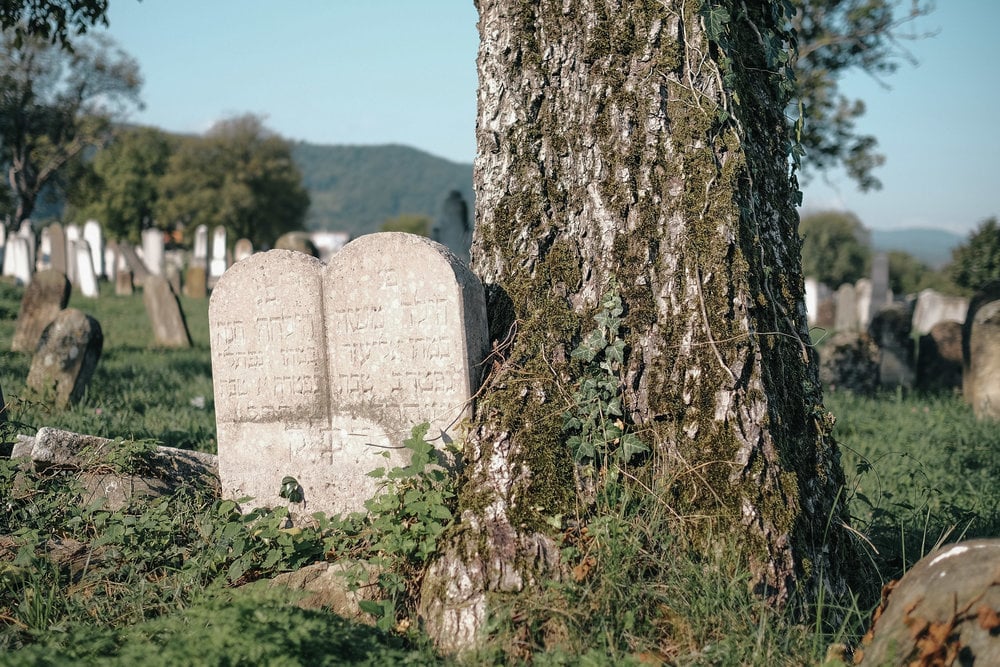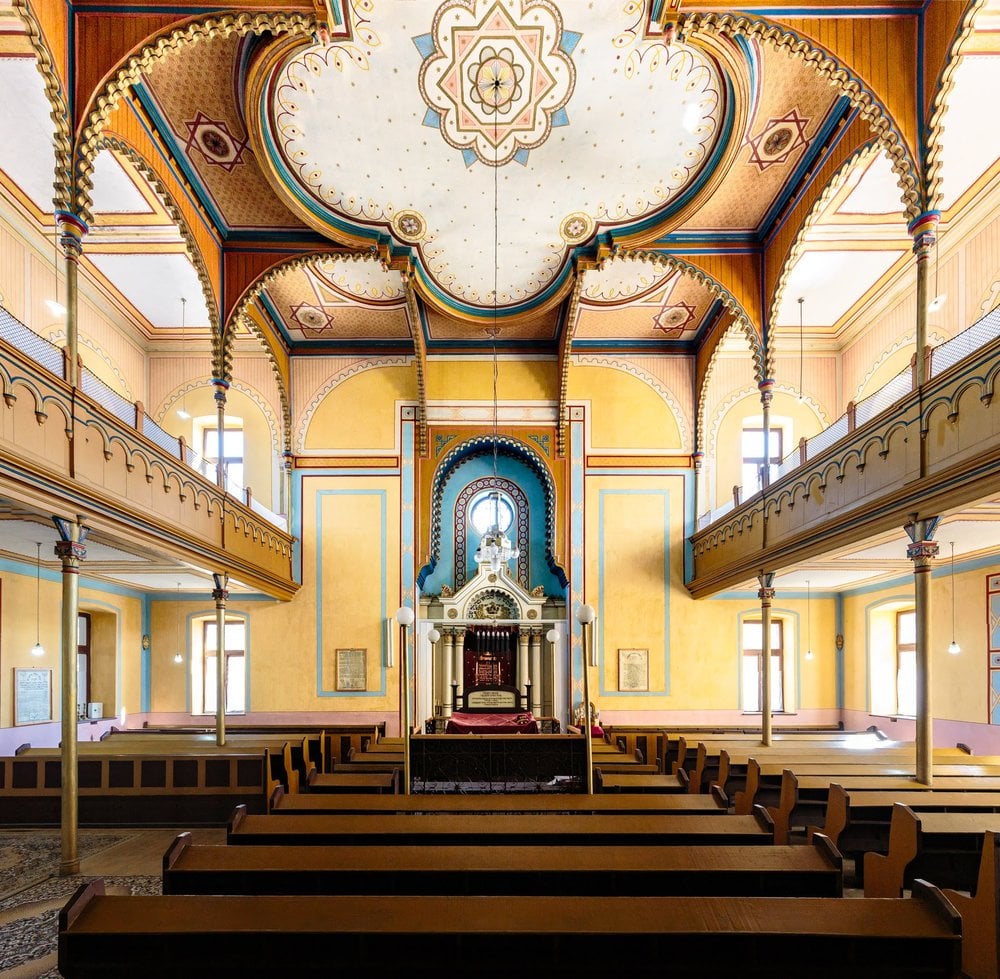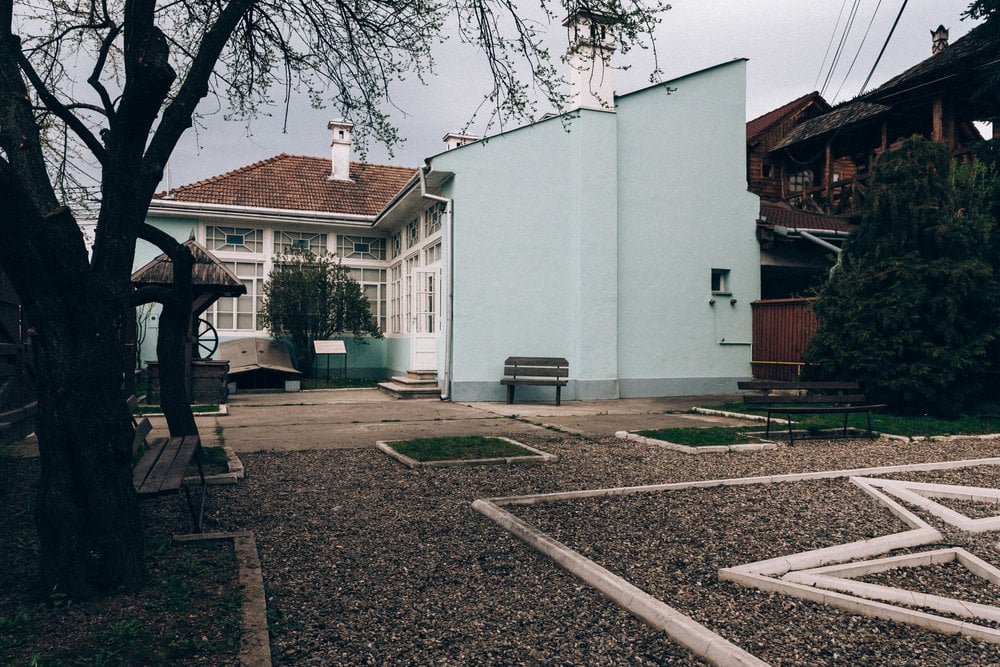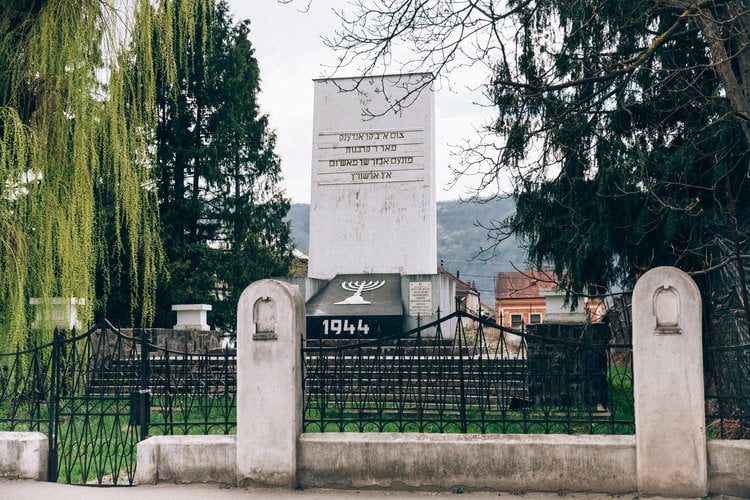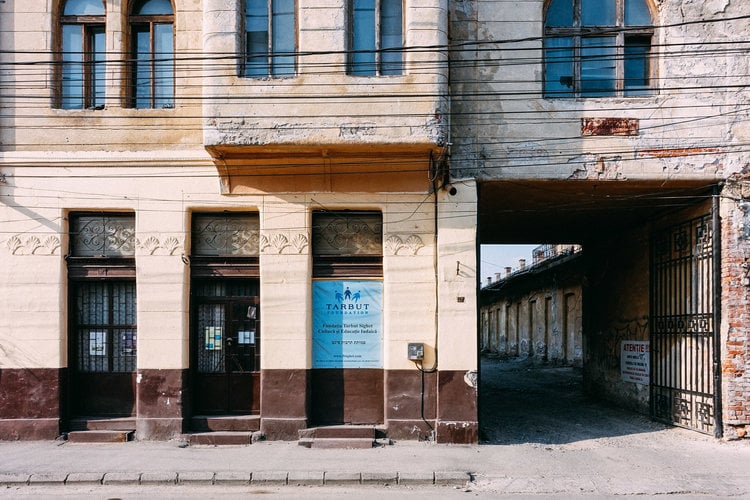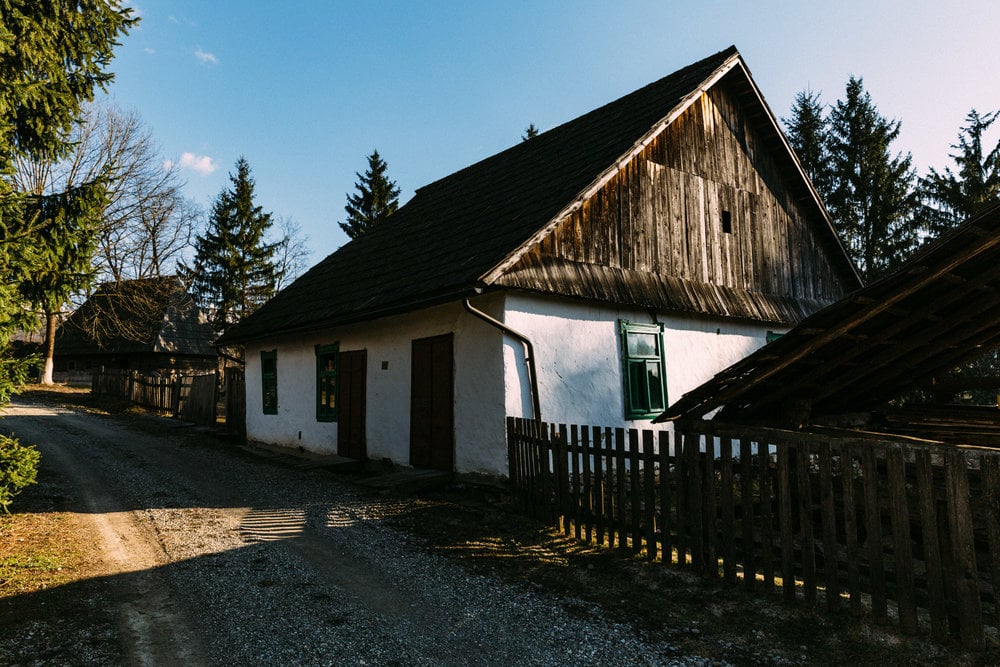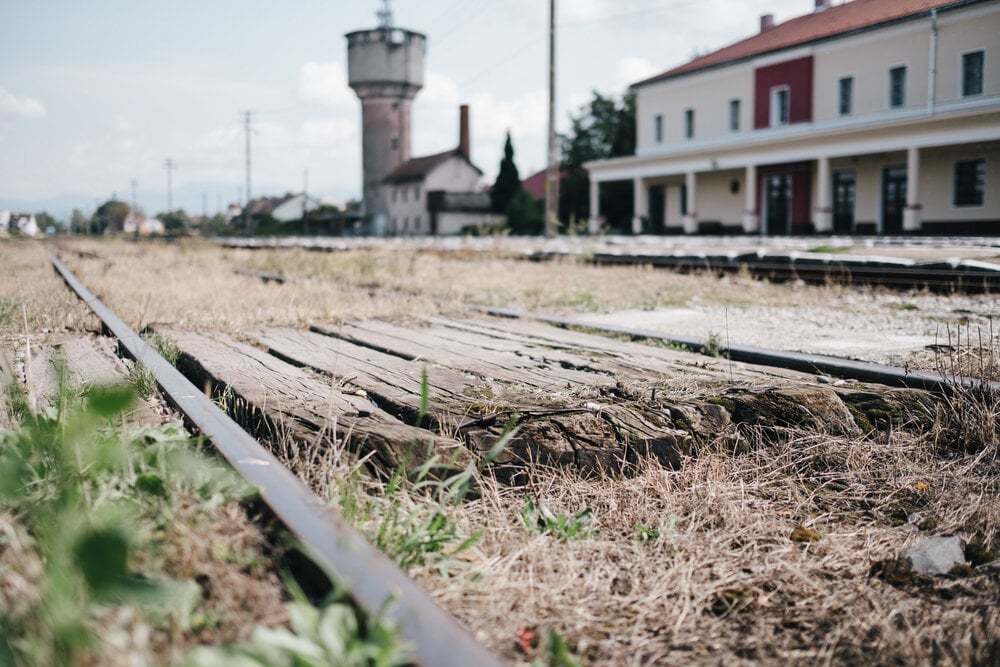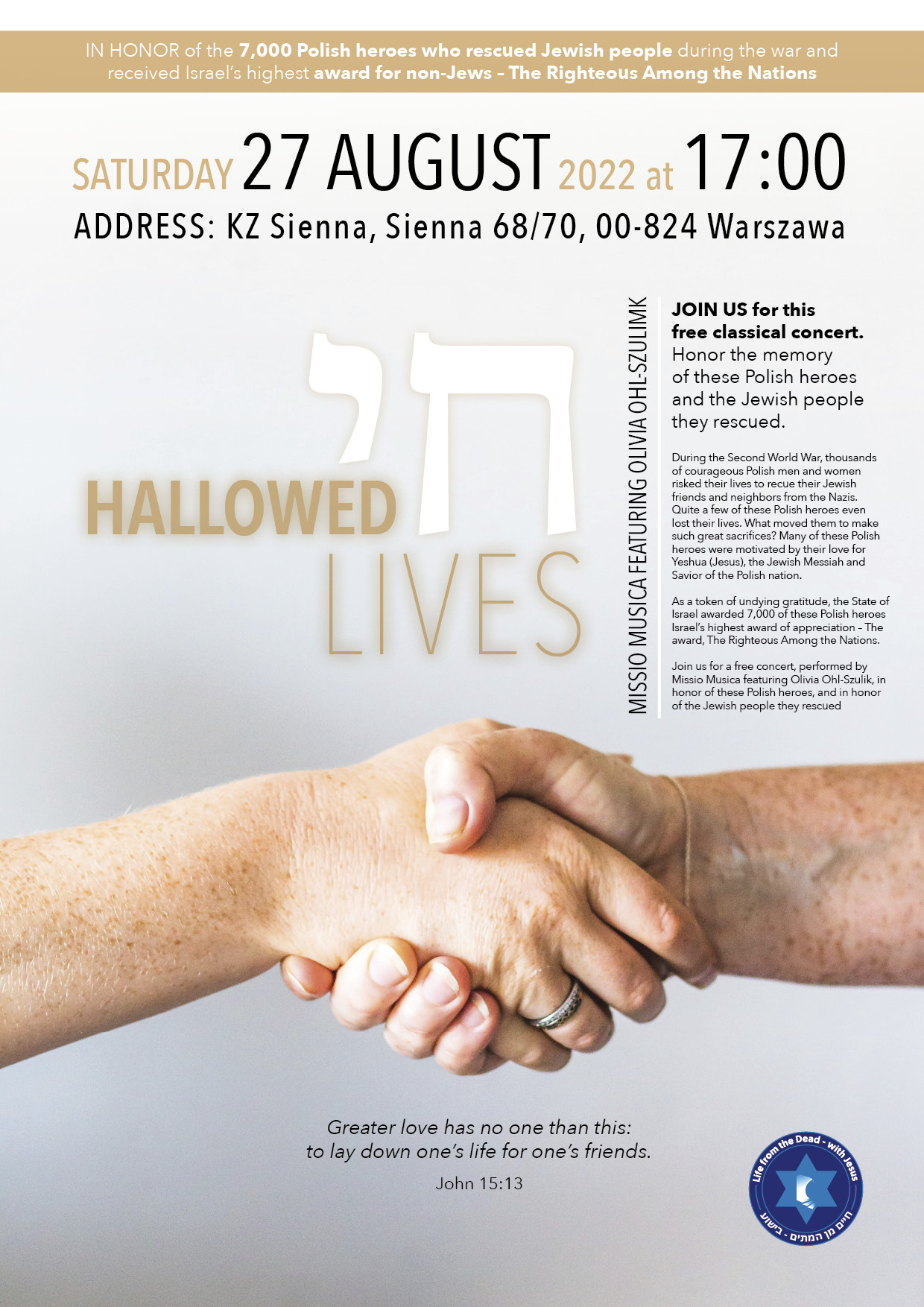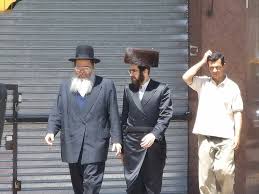The Sighet Jewish Cemetery is about 300 years old, however many of the original tombstones are not to be found any more due to weather erosion and the materials the tombstones were made of. Sighet was the capital of Chassidut movement, frequently visited by Jews from all around Europe. Today, many Chassidim are coming to pay homage the “Famous Rabbis Ohel” many feel that writing notes, praying and making a pilgrimage will cure their health conditions, bring a match to single persons and so on.
Archives: Directory listings
Directory listings
The Sephardic Synagogue
The Jewish community of Pre-WW II Sighet had many synagogues and Shtebels (a small synagogue next to a home) with about a dozen large ones, serving the various religious denominations. The main larger synagogues belonged to orthodox and neolog Judaism. Neolog Judaism originated among a segment of Hungarian Jews, who integrated the emancipation decrees. The Conservative Movement evolved from Neolog Judaism Post WW II. Today the one and only remaining synagogue is the Sephardic Synagogue, also known as the Wijnitzer Klaus Synagogue. It was built in 1902 in an eclectic Moresque style, and was restored in 2004. The synagogue was a Vijnitzer Kloiz, and has nothing to do with the name “Klaus”. There is no daily or holidays Minyan, only when large groups are visiting the city.
The Elie Wiesel Museum
Professor Ellie Wiesel was born and raised in this house until the age of 16, before he and his family, along with the whole Jewish Community of Sighet were deported to Auschwitz between May 16-22, 1944. Today, it is a Memorial to the Jewish Life Cycle of the Pre-Holocaust Sighet Jewish Community. Thousands of visitors are coming from all over the world, including high school students and educators from the Romania and across Europe. The Museum organizes programs and exhibits throughout the year
The Memorial Monument
About 2300 Jews returned to Sighet following the liberation in 1945. All came home to look for family members and relatives, but unfortunately, very few were united with their families. Some started new families or left to Israel to start a new life. However before leaving, a group decided to create this enormous monument on the exact location where the largest Synagogue in Sighet stood until it was set on fire. Commemoration services are held at the site during the year or by request.
Sighet Foundation Headquarters at the Kahan Court
Located today on George Doja Street No. 67, this street was also known by pre-Holocaust Jewish Community as the Yiddische Gass -connecting the former Jewish neighbourhood to the town’s main street extending Cusa Voda.
The Kahanas were a well established and rich family in Sighet, owning numerous food stores and a restaurant. On Fridays, just before the Sabbath, the Kahana family would make food packeges for the poor of Sighet.
Kahana Court was the centre of Jewish life in Sighet. The Beis Jacov Girl’s school was located in the main building. In the court most of the craftsmen, shoemakers, tailors, saddle makers, millnary, had their shops. The court was for evening cultural programs and meetings of the Jewish Community.
After the deportation of the Jews from Sighet, the court remained abonded. Today parts of the court accomodates a few small shops and the Tarbut Foundation’s offices. The rest of the building is in need of restauration. Tarbut headquorters is a meeting place for tourists and descendants’ coming to explore their roots in Sighet, workshops are being held for high school students and adults during Jewish Heritage Days and other cultural activities Tarbut organizes. Tarbut set-up a mini Musuem with special displays of Jewish artifacts, represeanting the local Jewish Community.
The Drimer House in the Sighet Village Museum
The Sighet Village Museum is located about 3 km outside of the city, in a forest area. One can visit various wooden houses representing the diverse folkloric building styles of the many nationalities who lived or still live in the region. The Drimer historical house was brought from Birsana, and opened officially May 2014. Mr. Drimer was a Rabbi, Shohet (a person certified by a Rabbi or Jewish court of law to slaughter animals for food in the manner prescribed by Jewish law) and Melamed (Teacher). His house was a synagogue and a welcoming place for all travelers in the area for lodging.
Rabbi Drimer’s House is in full tact as he lived in it for many years before he was deported to Auschwitz in 1944.
The Village Museum is open year round. It is recommended to visit it between the months of May-November while the weather is pleasant.
The Sighet Train Station
This is Sighet’s main train station from which tens of thousands of Jews were deported during the Holocaust. A plaque marking the 70th commemoration event to the deportations can be found at the entrance on the station’s wall.
Diamonds Are Made Under Pressure: The Story of Jewish London
London and Jews: A History Intertwined
London town is famous for its stunning architecture, diverse food culture, and a highly praised theater scene. In addition to all of these attractive features London hosts the largest Jewish community in the country. Since the 11th century Jews have called this metropolis home. Despite a few ups and downs the community has managed to become one of the most prosperous and respected in the world.
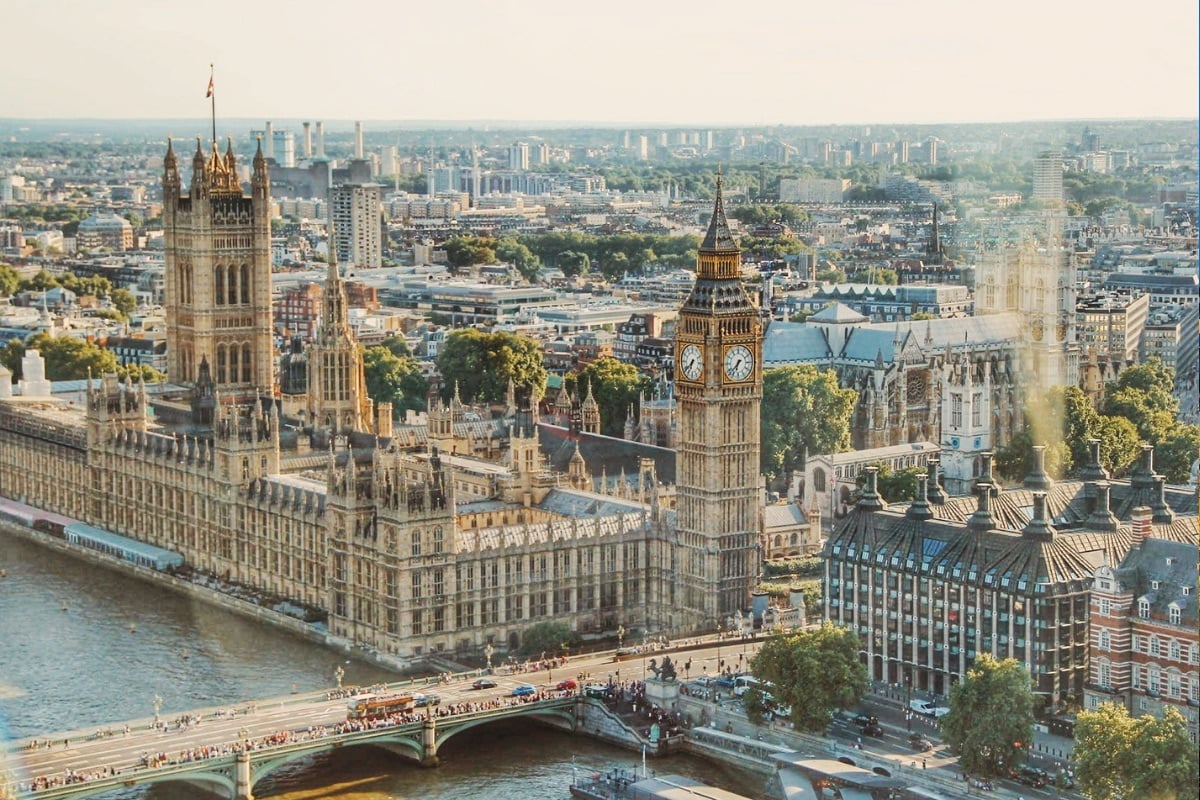
From Acceptance, Rejection, and Resettlement: Jewish History in England
While the exact date of arrival of Jews to England is debated historians can all agree that the first written mention of Jews was in 1066. After the Saxon conquest of England Jews from Rouen made their way to London attracted by the economic opportunities. With all this good fortune it is no surprise that London also had a flourishing Jewish intellectual life. This was noticed by Jewish Torah scholars from across Europe and attracted visitors such as the famous Abraham Ibn Ezra, who authored the Iggeret HaShabbat.

Antisemitism was still rampant in the country and throughout the Medieval period the Jewish quarter was set ablaze numerous times. Jews were also forbidden from owning land. This pushed them into professions such as tradesmen. Most other Jews worked as moneylenders, a profession forbidden to Christians. This made Jews very valuable to the upper classes.
In 1290 the community was expelled from the country. The return of Jews to England finally came in 1632 when persecuted Jews fleeing from Spain and Portugal settled in the country. Around 1690 Ashkenazim from Amsterdam and Germany followed their pioneering Sephardi cousins and established their own congregation.
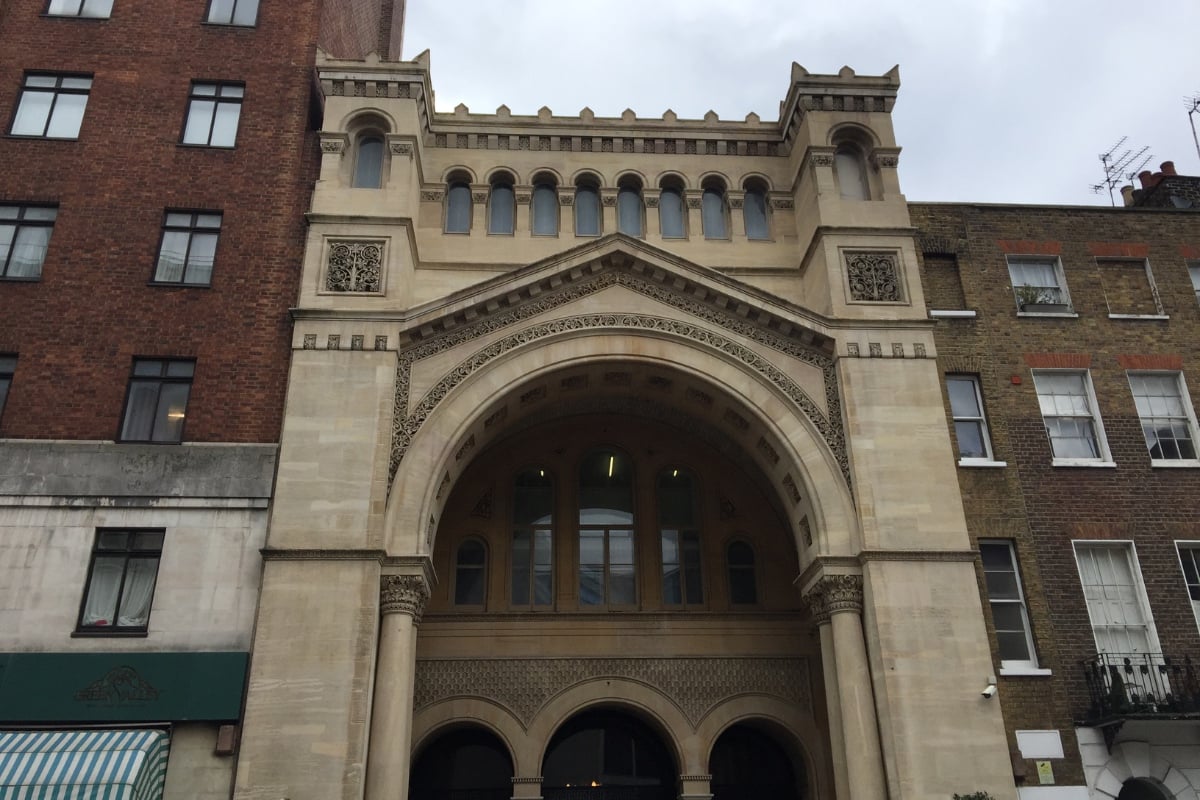
The Salvation of London Jewry
Then in the 19th century Jews earned their emancipation. They were allowed to move outside the quarter and establish legitimate retail businesses, something they had been barred from for centuries. In addition to this the first Jewish sheriff was elected and in 1858 Jews became represented in English Parliament. The Jewish population also grew substantially during this period with the arrival of Russian Jewry. This raised the overall community numbers from 47,000 to well over 100,000 individuals. From this point the discrimination against the community was less apparent.
Then came the historic event that would change the whole of European Jewry forever. In 1939 Germany invaded Poland. Not long after Britain declared war on Germany. This action saved countless British Jews from mass murder, the remainder of European Jewry was not so fortunate.
Today British Jewry continues to increase and make a name for itself on the world stage. Some of the most famous Jewish names in the world hail from London. These include the late Lord Rabbi Jonathan Sacks, one of the most respected Torah scholars and Jewish community leaders in history. Other notable names include Vidal Sassoon, the hair tycoon and celebrity stylist. In addition, these British Jews excel in the world of film and music. Names such as Amy Winehouse and Sacha Baron Cohen are sure to ring a few bells.

From One Neighborhood to the Next: London’s Jewish Quarters and Sites
The first mention of a Jewish quarter in London dates to the Terrier of Saint Paul’s published in 1128. Under Milk Street archaeologists discovered a 13th century mikveh. During the late 19th century and first half of the 20th century London’s Jewish Quarter was divided. Jews lived in Whitechapel, Spitalfields, and Mile End Old Town districts. Some also lived in the parish of St. George-in-the-East. Eventually the community migrated to London’s East End. There are bits and pieces of Jewish culture and history in every aspect of the city.
The Bevis Marks Synagogue stands as one of Europe’s oldest active synagogues. During the 17th century waves of Jewish Sephardi immigrants flocked to England. In 1701 the community built one of the largest and most extravagant synagogues in all Europe. Wooden pews and chandeliers give the space a very ethereal aura.
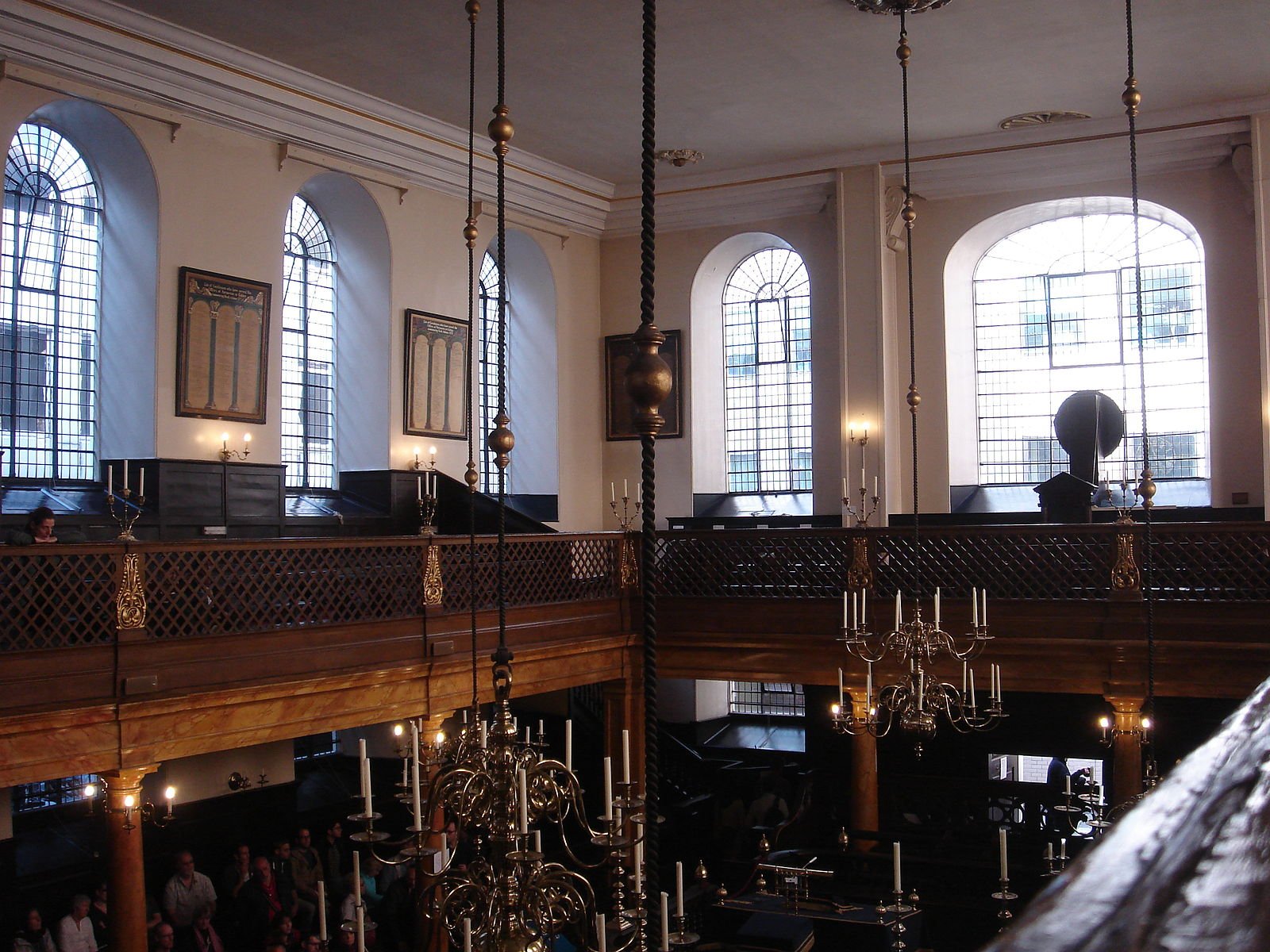
When Hitler’s nazi party was rising to power many Jewish families saw their destruction coming and immigrated to England. Sigmund Freud moved his family from Vienna to London in 1938, just escaping the claws of the Nazis. London would be where Freud developed the study of psychoanalysis. You can visit his home in London at The Freud Museum which houses his books, art, and even the famous reclining couch.
London is one European city where Jewish intellectual life and creativity could flourish. It is no surprise then that one of the oldest and most established Jewish art galleries in the world is in London. The Ben Uri Gallery opened at the turn of the century as a premier gallery for artists of Jewish descent from around the world. In its nearly 120 year history the gallery has hosted a number of famous Jewish artists including Chagall and Epstein.
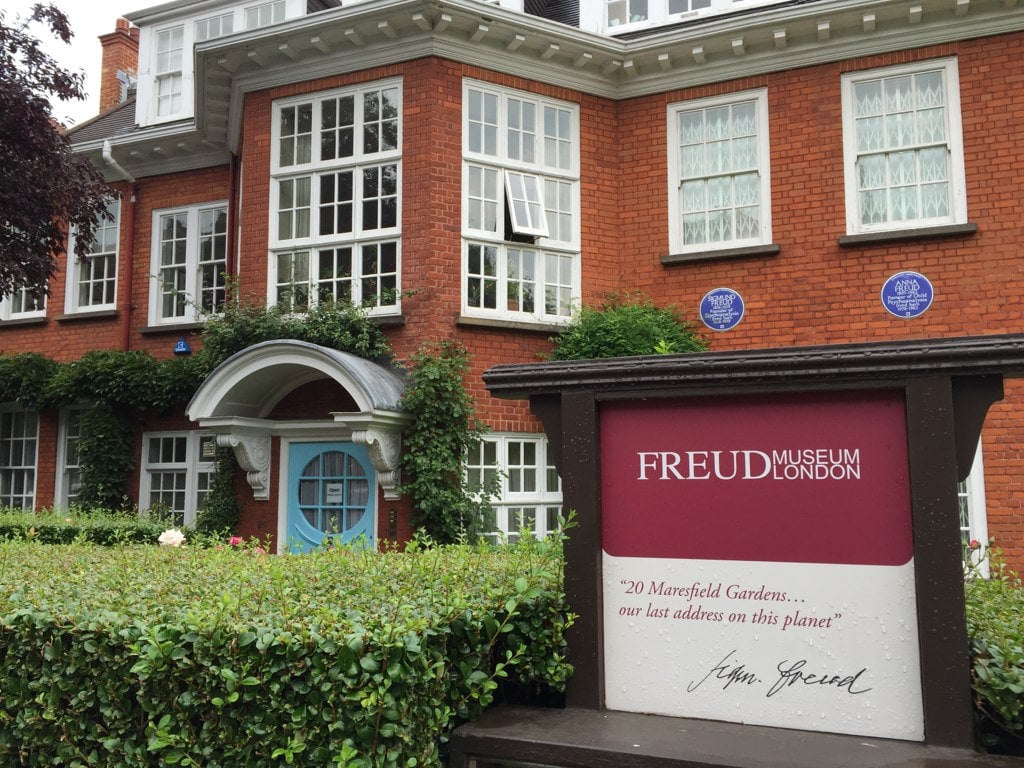
Upwards and Onwards: The Continued Thrival of London Jews
There seems to be no end in sight for the potential of English Jewry. The community serves as a testament to the resilience of world Jewry. They have been knocked down over the years but have always managed to come back stronger than ever. Today Jewish history and culture is preserved and celebrated attracting visitors and immigrants from across the Jewish diaspora.
“Hallowed Lives” concert
In honor of the 7,000 Polish heroes who rescued Jewish people during the war and received
Israel’s highest award for non-Jews – The Righteous Among the Nations
Join us for this free classical concert. Honor the memory of these Polish heroes and the
Jewish people they rescued.
Name: “Hallowed Lives” concert
Date: Saturday, 27 August 2022
Time: 17:00
Address:
KZ
Sienna 68/70, 00-824 Warszawa, Poland
Admission Free, Free Classical Concert
Buenos Aires Private Jewish Tour by Car/Van
During this 6 hours days we will learn about the inmigration of jewish in Buenos Aires, their lifestlye by then till now. Visiting the Jewish Area called Once. The Jewish Museum. The former 2 areas bombed by terrorism : Ex Embassy of Israel Bulding and the current rebuilt Jewish Federation Building wtih its sorrounding areas to discover details besides the frontis of AMIA building (outside). We will walk the religous area with kosher food . And we will visit the reform synagogue Libertad and the conservative synagogue Paso. Having the advantage of going with transportation (car and driver or van and driver : both professionals and with insurance for passengers inside that vehicles), we can move on to other area to visit an important mural about the Holocaust and other important mural inside a Church. We will learn about the general history of Argentina, Buenos Aires, and the starting of the jewish comunity. Depend on our rithm we can add other places or stops and or rithm of the stops. Thanks!
